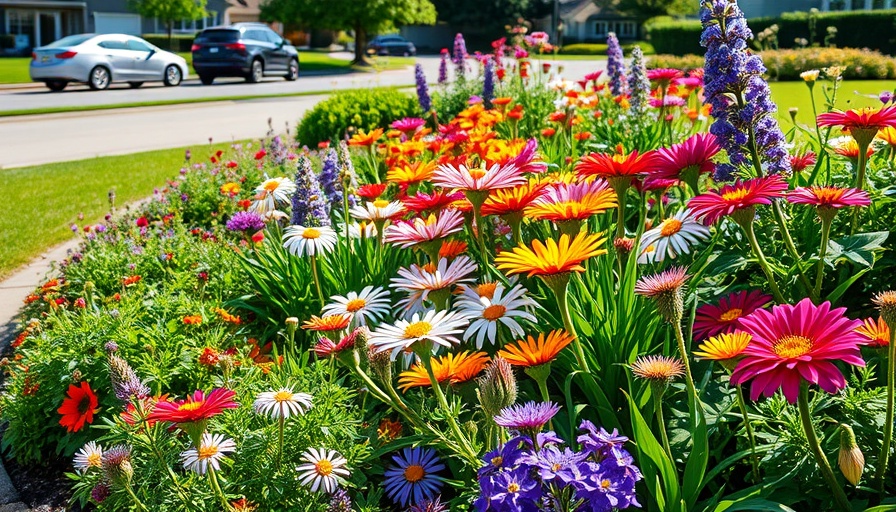
Why Wildlife Borders Are Essential for Ecosystem Support
In today's world, where urban sprawl often encroaches on natural habitats, creating a wildlife border in your garden is more than a trendy gardening practice – it’s a conscious decision to work alongside nature. Wildlife borders serve an essential purpose: they provide crucial resources for local wildlife, enabling them to feed, rest, hibernate, and reproduce within our increasingly urban environments. By establishing a dedicated strip of garden for this purpose, we transform our outdoor spaces into thriving ecosystems that invite harmony among various species.
Creating the Perfect Design for Your Wildlife Border
Designing a wildlife border is about placement, plant selection, and achieving a balance between aesthetics and practicality. Start by considering where this border will be located in relation to your existing garden. Borders can range from two to three meters in length and should be proportionate to the overall size of your yard. Remember, a well-placed border can also serve as a focal point in your landscape, blending seamlessly with the neighboring flower beds or vegetable patches.
One important aspect of design is the choice of plants. Opt for a mix of native and low-maintenance plants that flower at different times throughout the growing season. This not only provides a continuous source of food for pollinators and other critters but also enhances aesthetic appeal. Long-blooming flowers, such as lavender and feverfew, work beautifully for pollinators and birds while adding color to your landscape.
Essential Plants for Your Wildlife Border
Choosing the right plants is fundamental to the success of your wildlife border. Incorporate both perennials and annuals to create a diverse environment. Perennials offer long-term benefits as they return year after year, while annuals can fill gaps and provide bursts of color in the first seasons. Furthermore, prioritize pollinator-friendly plants that attract bees, butterflies, and birds. Different species thrive in various growing conditions, so consider your local climate and soil to determine which plants will flourish in your garden.
The Importance of Native and Low-Maintenance Plants
Native plants are incredibly beneficial for wildlife borders. They have evolved to support local ecosystems, providing food and habitat for local wildlife, including pollinators critical for plant reproduction. Moreover, low-maintenance plants require less water and care, making them perfect for gardeners who want to support wildlife without investing excessive time.
Unique Benefits of a Wildlife Border Beyond Beauty
Beyond their ecological benefits, wildlife borders can also lead to more sustainable gardening practices. By reducing the need for chemical pest control and synthetic fertilizers, these borders promote organic gardening techniques naturally. You’ll have fewer pests and healthier soil, which in turn supports higher yields if you are growing vegetables or fruits nearby. Allowing your garden to be more self-sufficient can result in less maintenance and more vibrant, healthy plants.
Practical Tips for Enhancing Your Wildlife Border
To further attract wildlife, consider adding features such as bug hotels and feeders to your border design. Bug hotels provide shelter for beneficial insects, while feeders can support local bird populations. These elements can offer double-duty as decorations that enhance your garden’s charm while nurturing wildlife. Additionally, think about using natural materials like wood and stone as borders, creating a rustic appeal that ties in beautifully with the natural landscape.
Join the Shift Towards Sustainability!
By implementing wildlife borders, you take meaningful steps toward eco-friendly living and enhance the beauty of your garden. Embrace the opportunity to foster biodiversity right in your backyard while promoting a space where both nature and humans can coexist happily. Collectively, our individual efforts to support wildlife can lead to significant impacts on local ecosystems, preserving the beauty and essential functions of our natural environments.
Are you ready to take your gardening to a sustaining new level? Start planning your wildlife border today and witness nature flourish in your own backyard!
 Add Row
Add Row  Add
Add 




Write A Comment